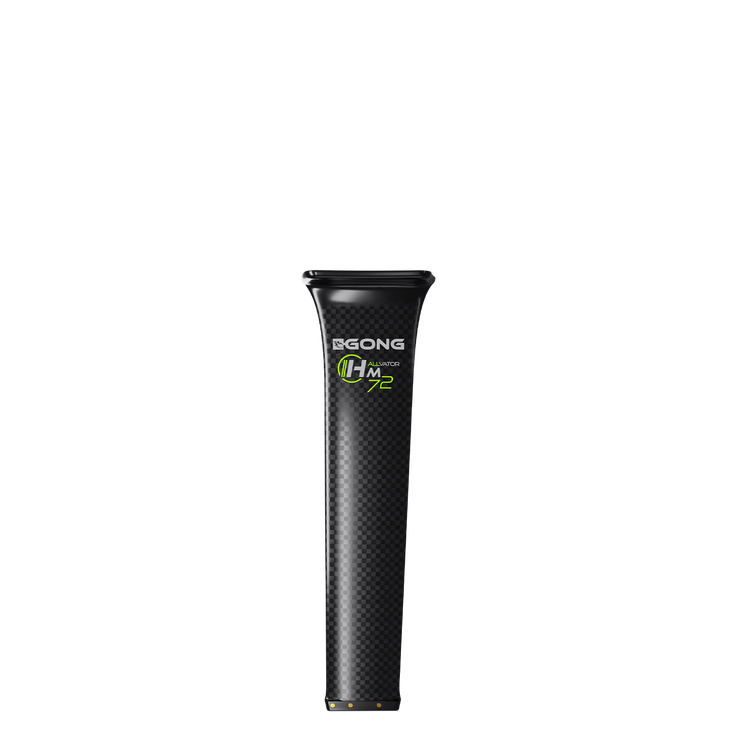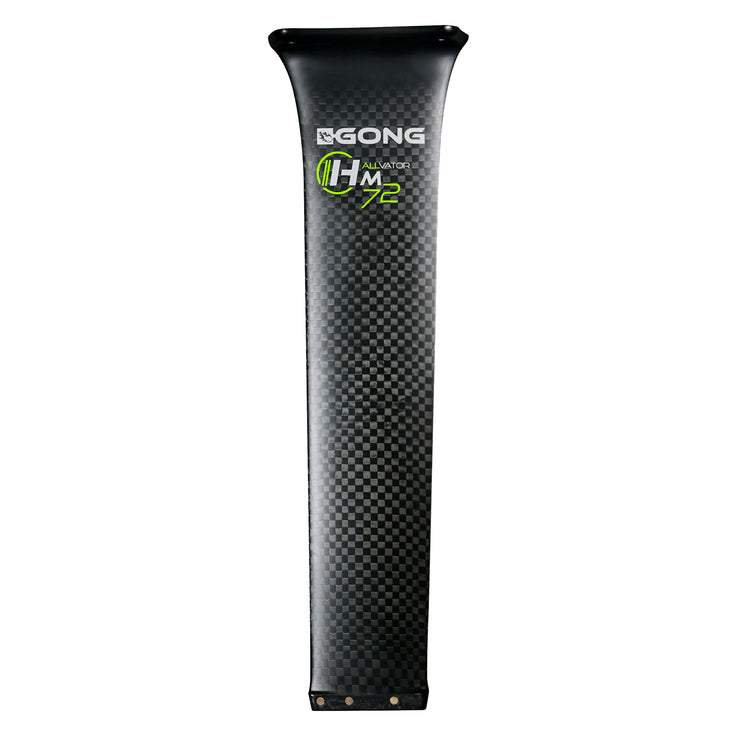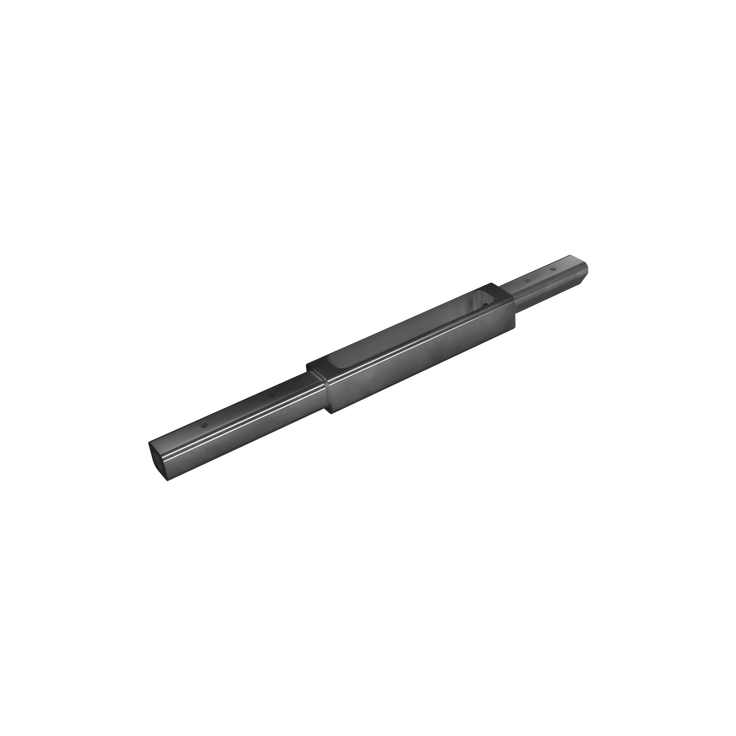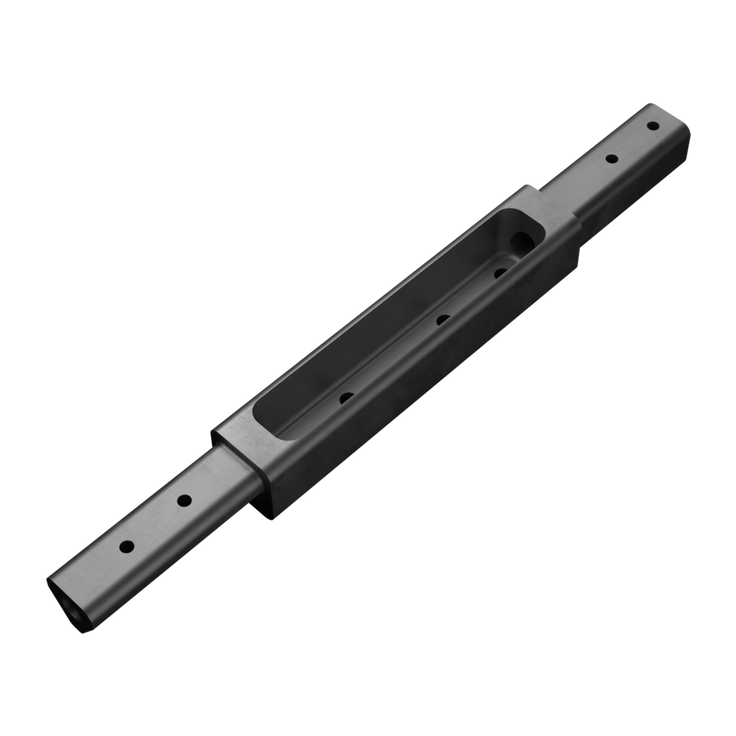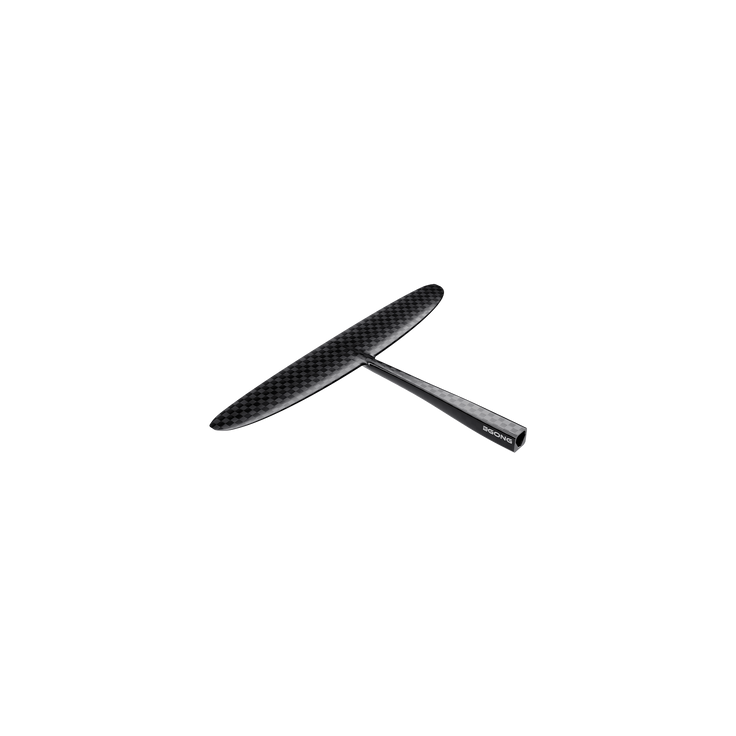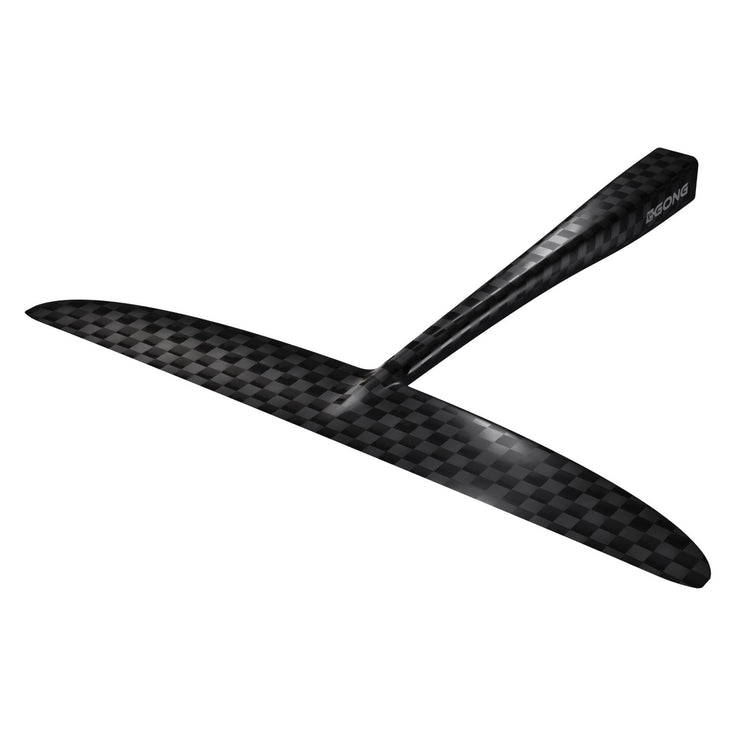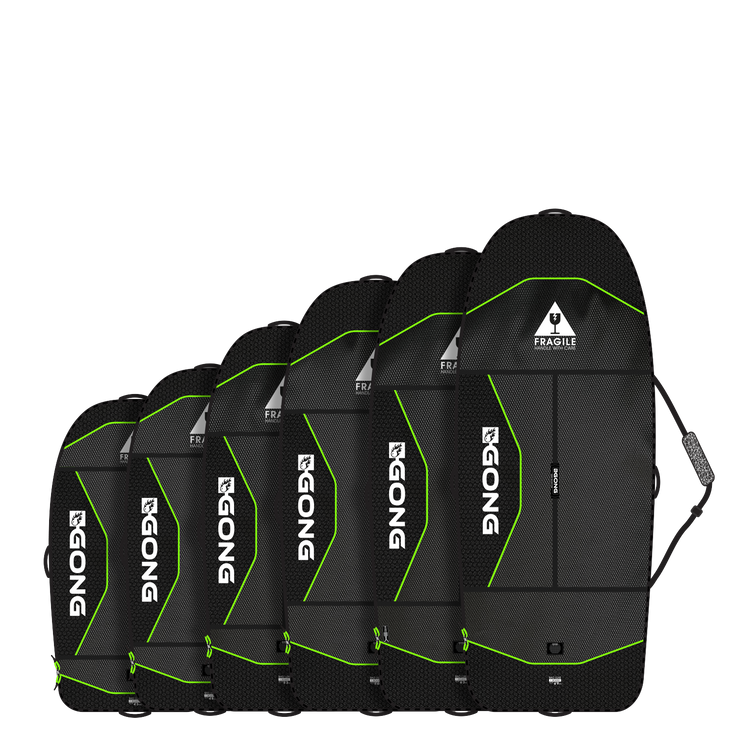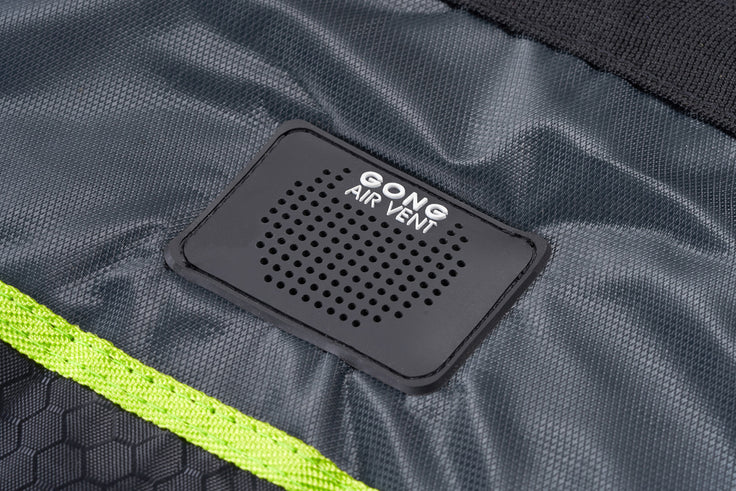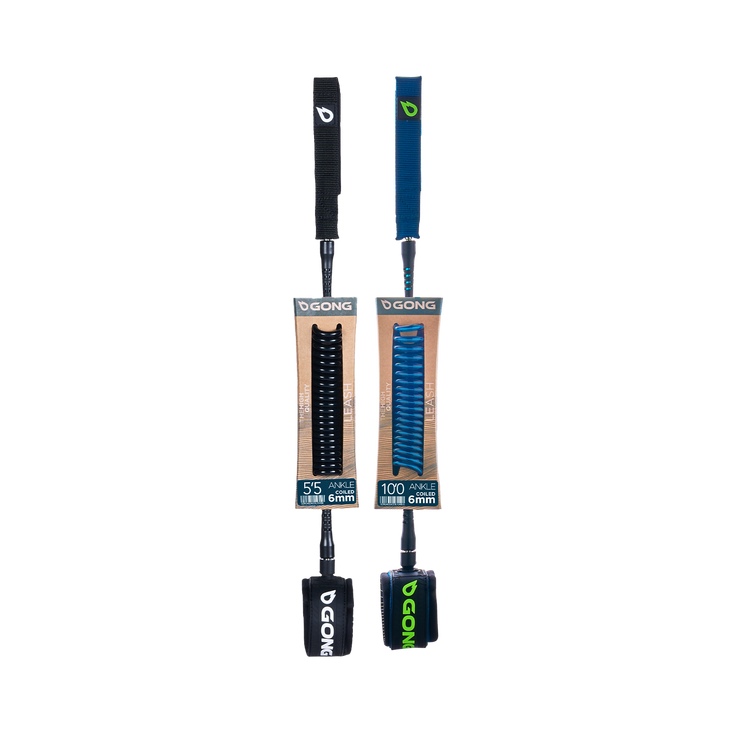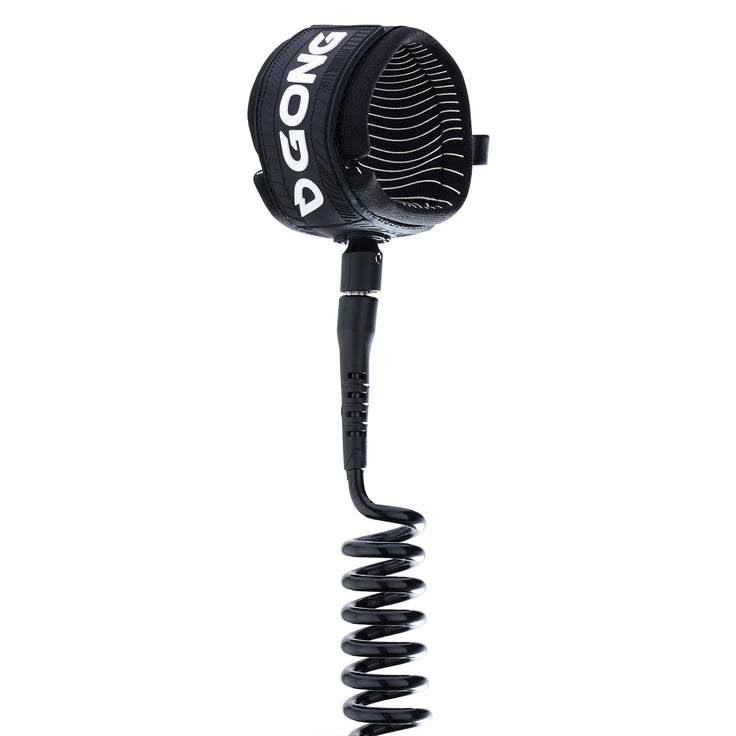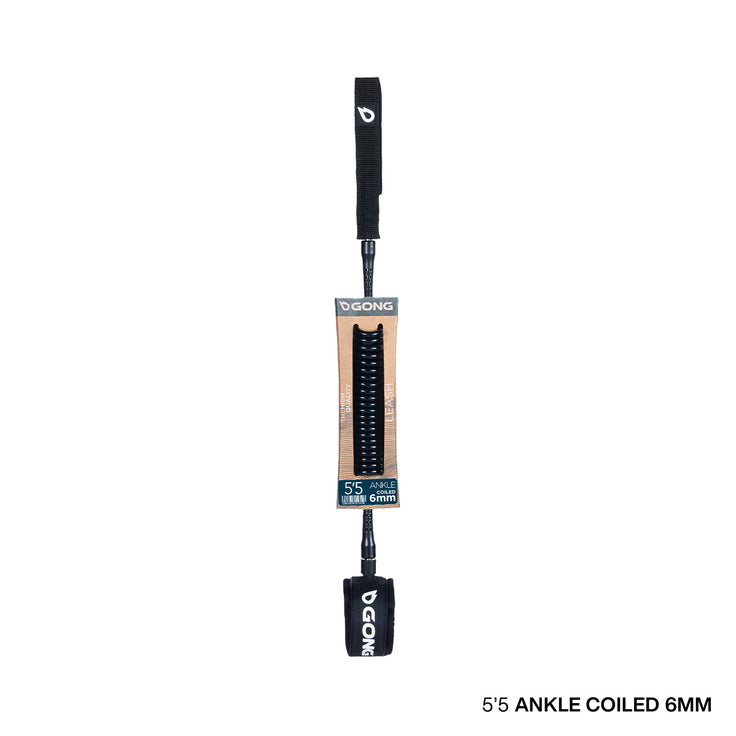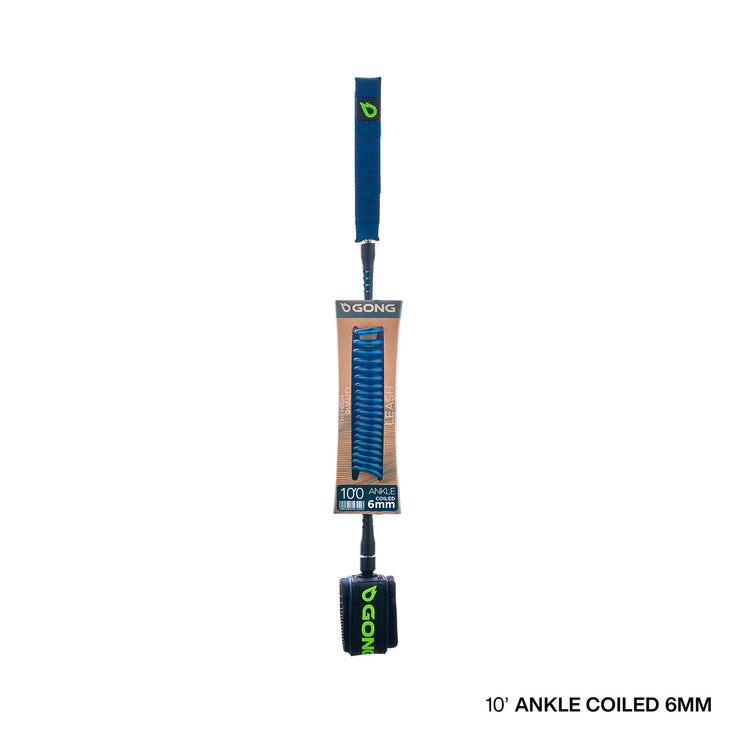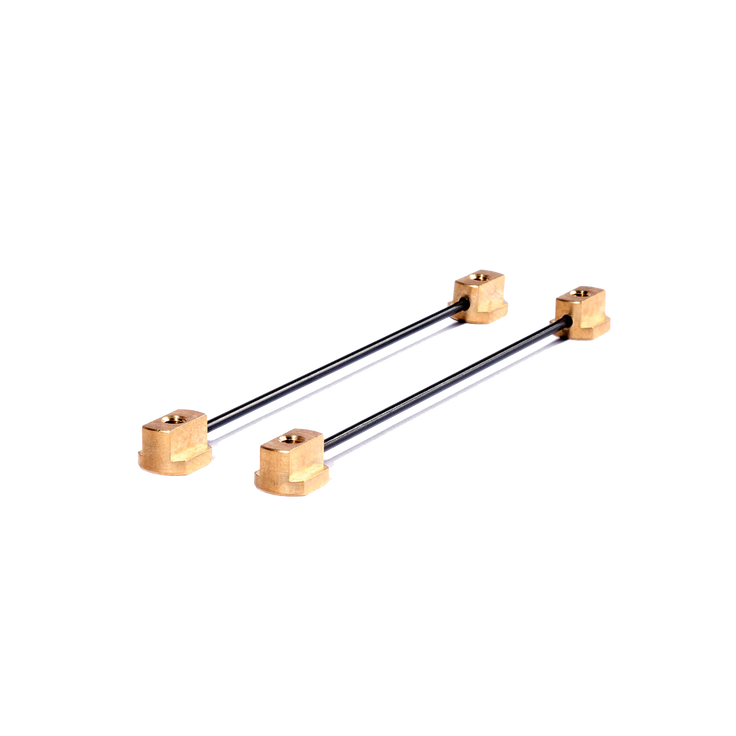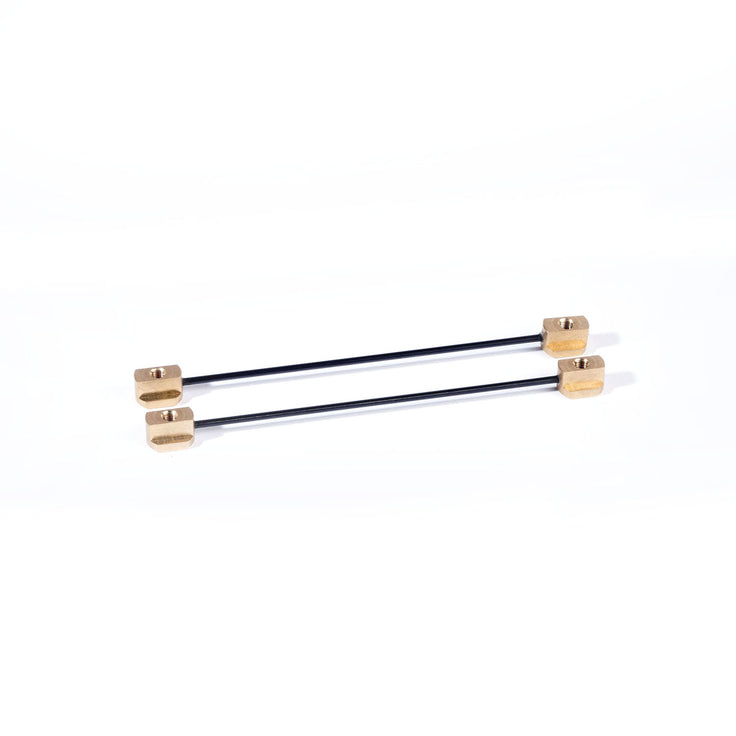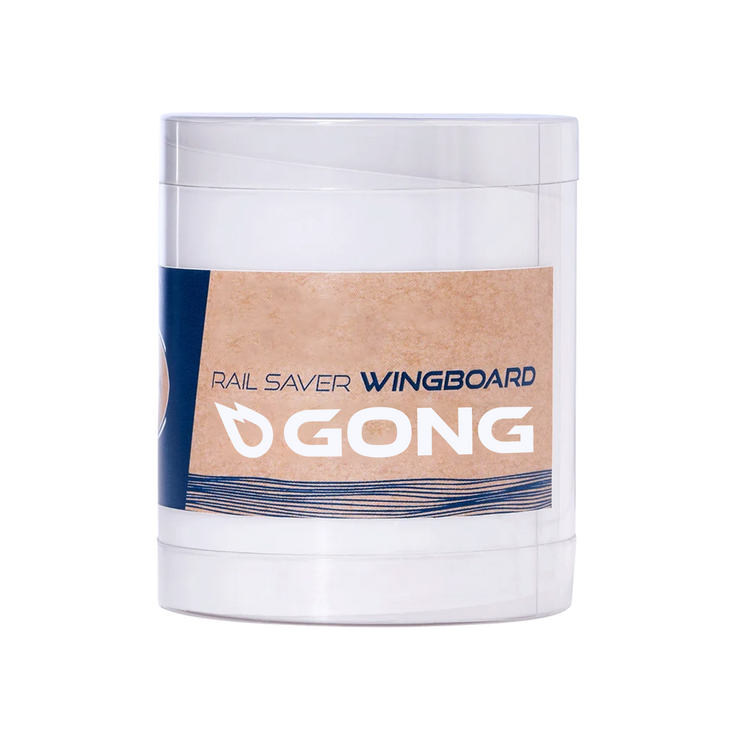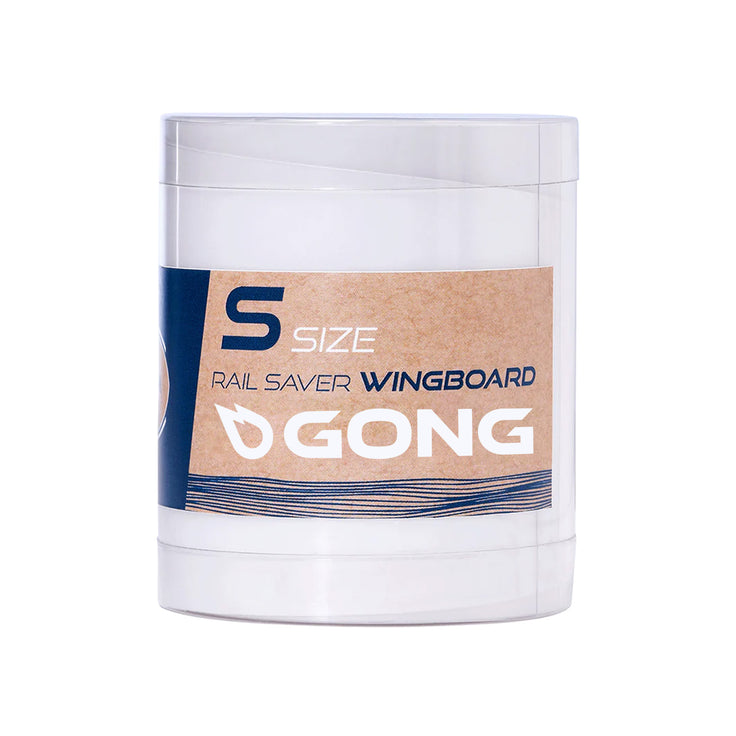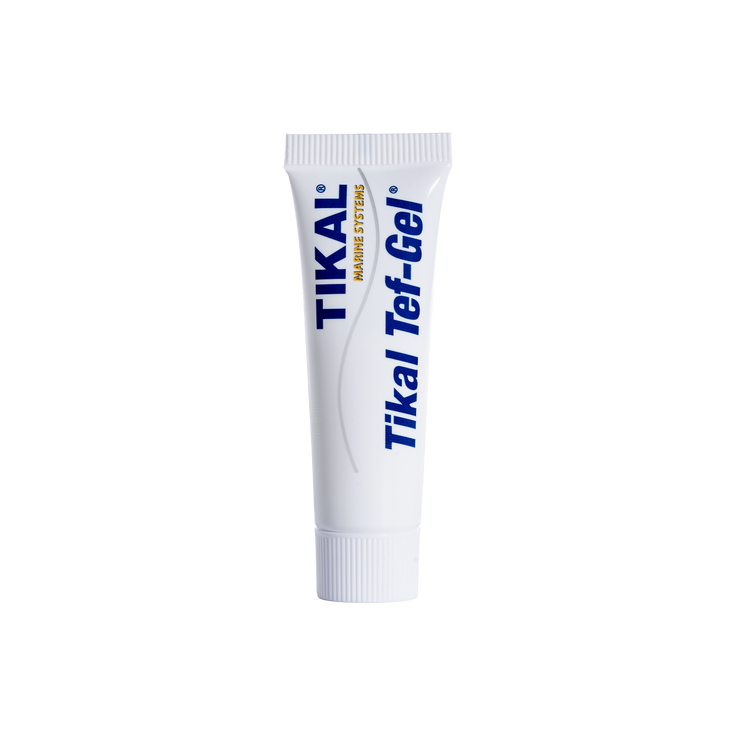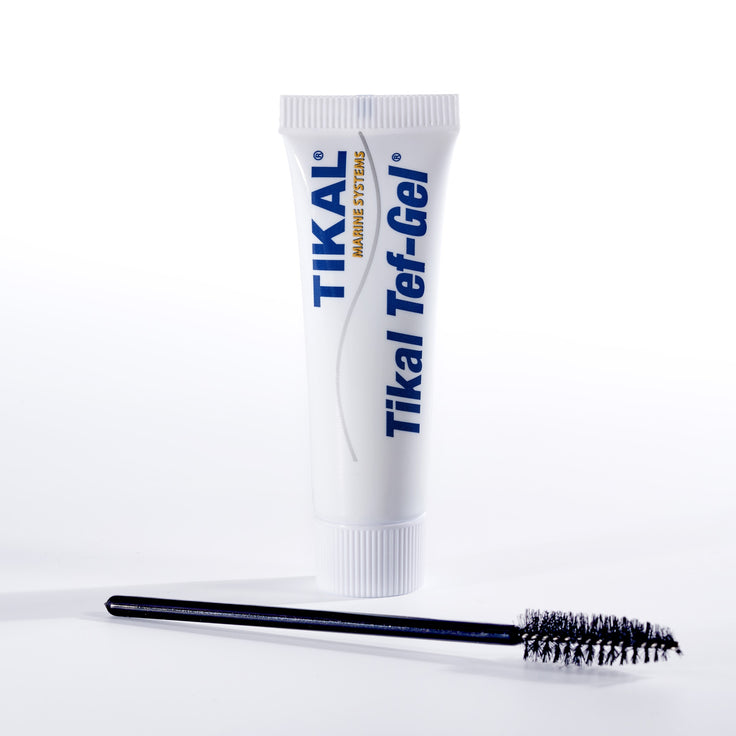FEEDBACK: CRUZADER FSP PRO AND SIRUS 3XL
- News
- SUP
- Surf
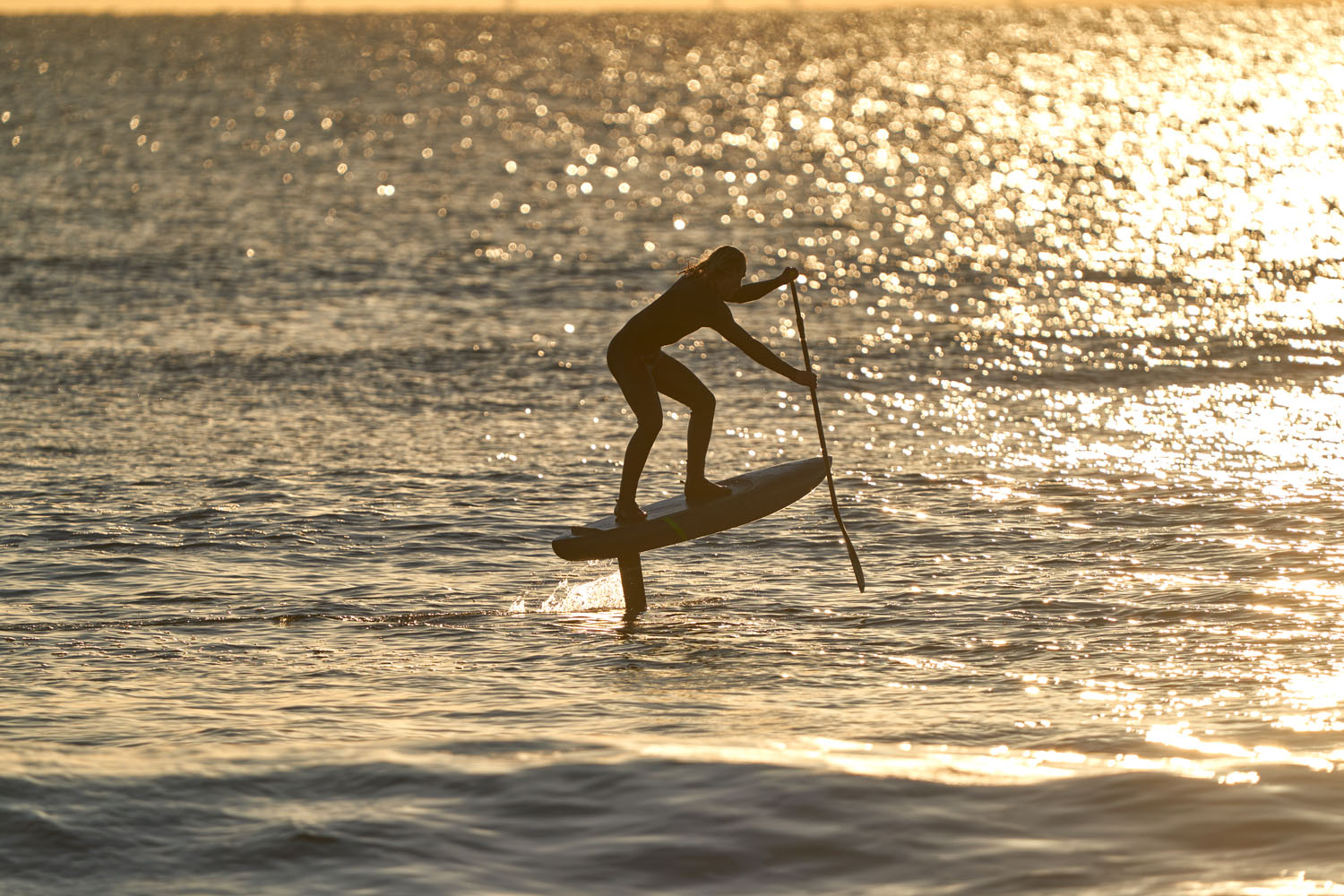
Here is Fred’s feedback on the Cruzader FSP Pro and the Sirus 186 after only a few attempts on the flat, but with first-hand coaching of L’Ours by his side.
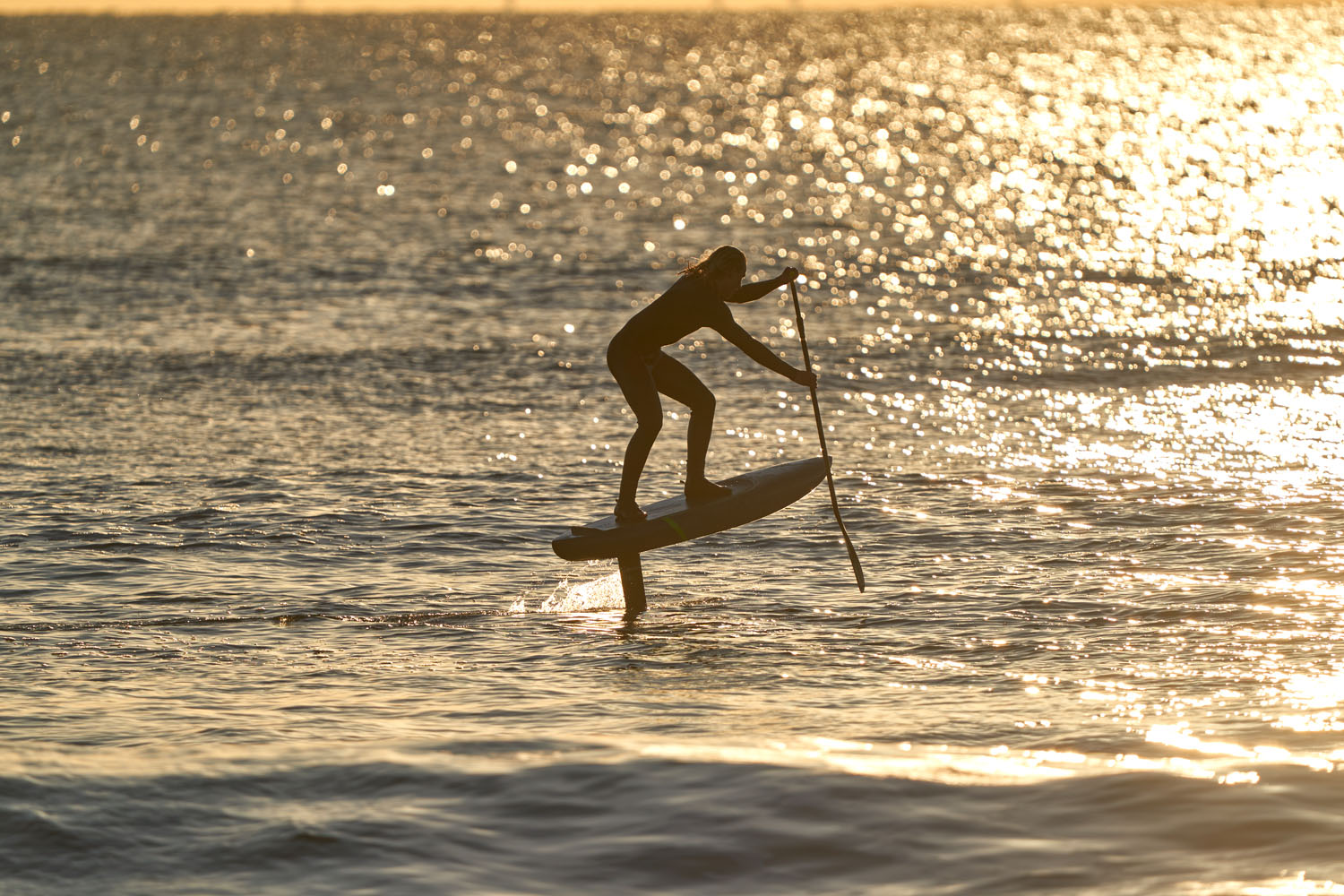
“Hello, here’s a short feedback after testing the Cruzader 7’6 with and the Sirus 186, with the precious coaching of Patrice Guénolé aka L’Ours!
The big question is: “How stable is this odd stick? Turns out to be quite manageable, it’s for example easier to hold on to than a small Lethal wing board on a choppy sea or a Race SUP, and as soon as you put the board in motion, there’s no longer any imbalance. The large front wing of the foil clearly plays the role of stabilizer. Everything is slowed down, so if the board starts to tip to one side, this tipping will happen very slowly, so it’s quite easy to anticipate and correct your balance.
At no time did I find the 7’6 cumbersome, the reduced width gives the impression of being on a much shorter board, and very clearly, the length is an asset, because the first phase is to make the board glide on the water. Next you need to press and release weight on the front of the board, sort of pumping on the water, and slowly get going. When I fell, it was clearly due to a bad positioning of my front foot. The stance must be very precise, not for stability, but to maintain a perfectly horizontal attitude when you start to pump. So you shouldn’t go for a Cruzader that’s too short. The length is only helpful.
Regarding the paddle, I usually only use Pro 7” paddles, cut to either -5cm or -10cm from my height. With a Cruzader, you need a powerful paddle, so a 8” blade is obligatory, and a longer length, +10cm is a good compromise. A paddle that is too short does not allow you to stand straight on the board, and this will affect the trim of the board, therefore the stability and the success of the pumping. A powerful paddle on a board that pushes water can be problematic, but on a board like the Cruzader that starts to glide right away, I didn’t feel like I had too big a paddle, quite the contrary. So my advice, don’t go too short, that’s not going to hold you back.
The range of possibilities is quite crazy
This front wing clearly makes this practice very accessible for the average joe. Even if I didn’t get a proper flight time on the first few attempts, I could already have a feel for it. So just minor adjustments needed. So another session to improve the stance and get the right movements. I need to keep rowing hard, even after taking off and should not pump too fast like you would on a surf foil board. I’m sure mastering the flight is just around the corner. Not to mention that today, the temperature was close to 4°C, I had a 5/4 wetsuit, booties and had to deal with 25 knots of wind… We can therefore easily imagine that with nicer conditions, it will also be much easier.
I hope this review will completely demystify this practice which is really accessible. We can imagine starting with this large front wing to get used to it gently, then going down a size or two. In particular to then go into the waves with a smaller and easier foil. The range of possibilities is quite crazy, from unsurfable waves, even with a surf foil or SUP foil, to downwinders in 10 knots or simply surfing swells of 4 seconds. Everything is to be invented!”




